Transit was hit hard by the pandemic, and one of the hardest-hit agencies was the Virginia Railway Express (VRE). Ridership in April and May 2020 was only 2.5 percent of what it had been the year before. By November 2021, ridership was still only 17.5 percent of pre-pandemic numbers.
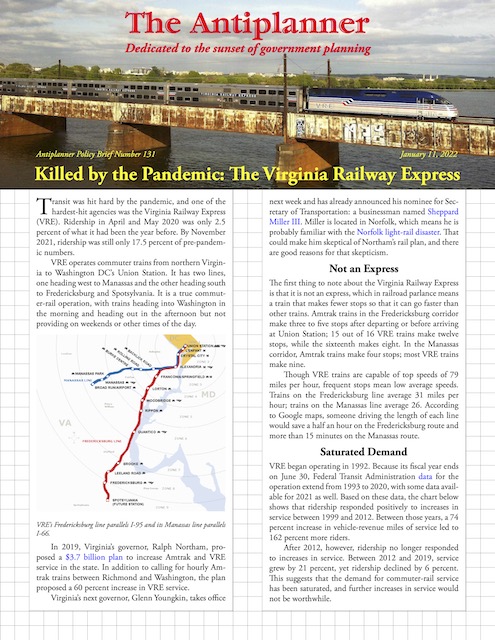 Click image to download a three-page PDF of this policy brief.
Click image to download a three-page PDF of this policy brief.
VRE operates commuter trains from northern Virginia to Washington DC’s Union Station. It has two lines, one heading west to Manassas and the other heading south to Fredericksburg and Spotsylvania. It is a true commuter-rail operation, with trains heading into Washington in the morning and heading out in the afternoon but not providing on weekends or other times of the day. Continue reading

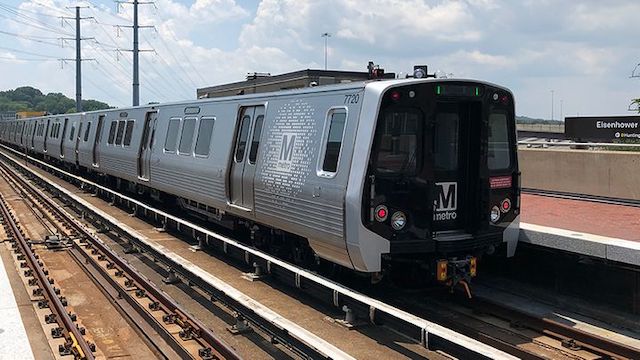
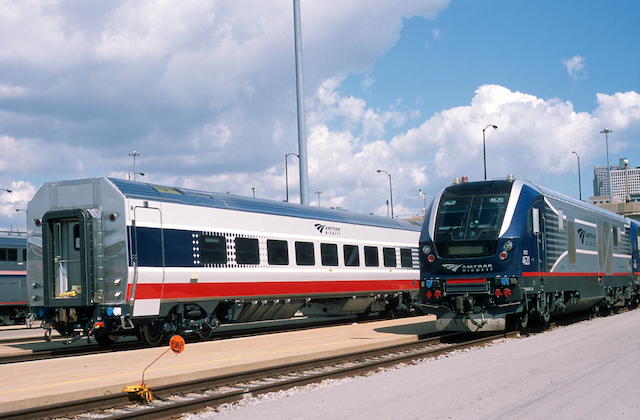
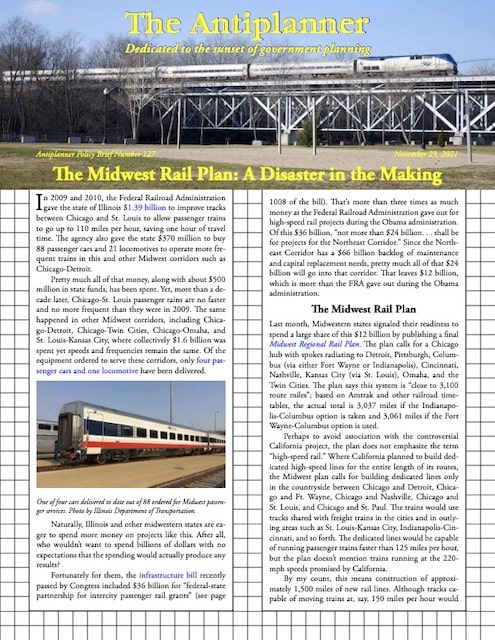
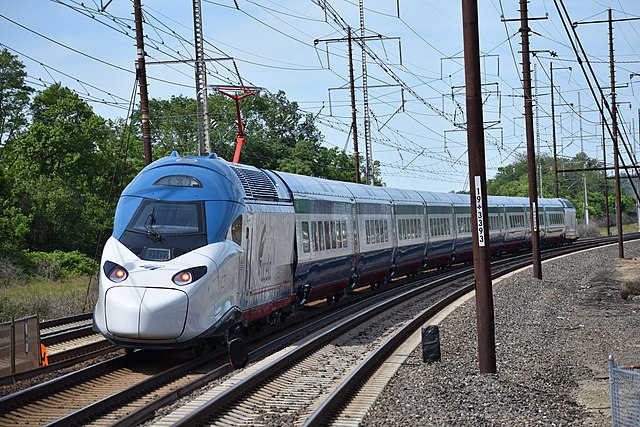
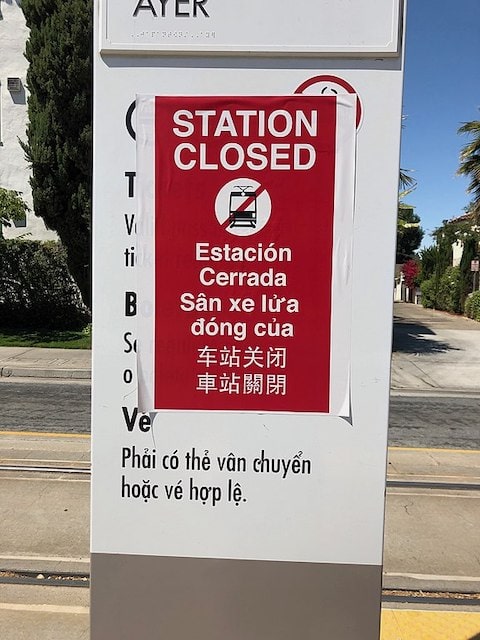 VTA closed its light-rail system for more than three months and part of the system will be closed for even longer.
VTA closed its light-rail system for more than three months and part of the system will be closed for even longer. 





